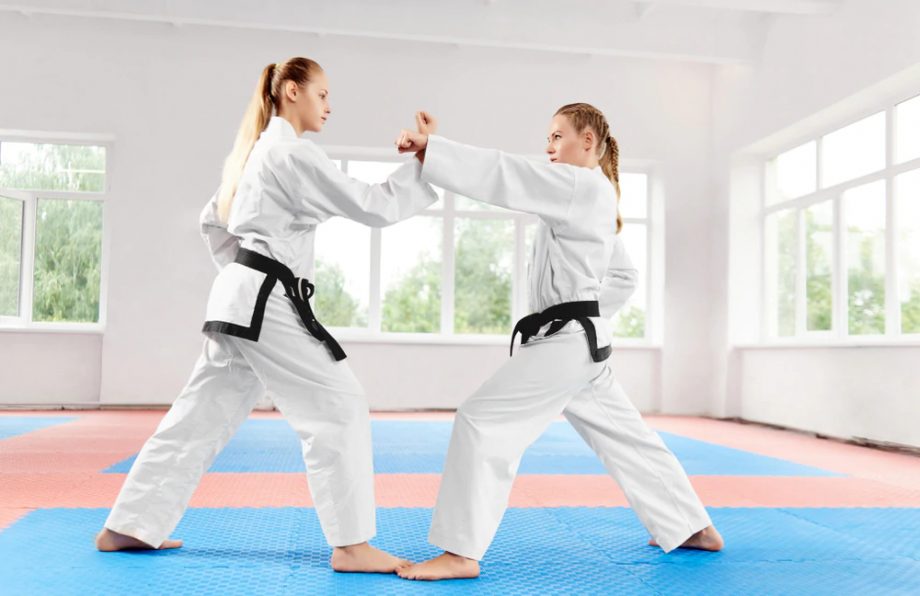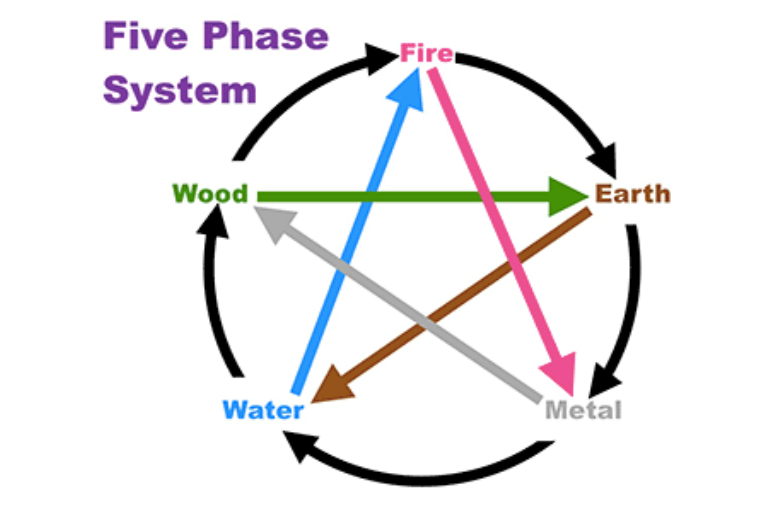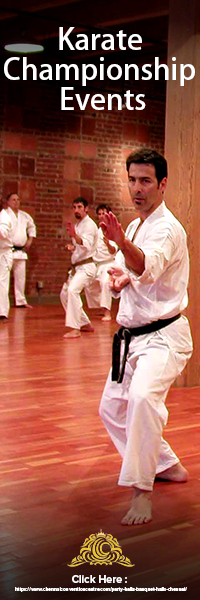The Karate Five Elements
Karate is one of the most well-known martial arts in the world. Although there are many misconceptions about it, Karate has gained popularity because parents enrol their children to learn discipline and self-defence.
Striking
The most common and obvious aspect of karate may be striking, but it is by far not the only one. This misconception dates back to the 1930s when Kenwa Mabuni (founder of Shito-Ryu) famously said that “the Karate introduced in Tokyo isn’t just part of this whole,” emphasising how important it was for people to know about other aspects such as kicks and punches which make up a large portion of what we now call modern-day martial arts.
Throwing/Takedowns
Takedowns are an aspect of Karate that many traditionalists take for granted. They happen to be a less common technique, but they come in handy when you’re trying not to use blows and want the opponent on the ground instead. There is no shortage of ways to throw someone off their feet without landing any strikes–trips, sweeps, or other throws can all work!
Locking of Joints
In a previous article, we discussed some of the most common Karate joint locking techniques. Now let’s take an in-depth look at how these locks work and what you can do to protect against them with three main types: hyperextending, compressing, twisting joints!
Choking/Strangling
When people use the term “choking,” they usually mean to strangle someone. While it doesn’t matter what word you use, if everyone in your group understands that you’re trying to cut off airflow, then using a different language might be helpful for clarification!. The Strangles occur when something compresses the neck from the outside, perhaps cutting off the air (commonly referred to as a “wind choke”), cutting off circulation to the brain (often referred to as a “blood choke”) or just producing agony (often called an unbearable pain). Regardless of what they’re called, these techniques are both hazardous and effective, but most people have varied responses after experiencing them.
Grappling/Groundwork
Grappling and groundwork are essential aspects of Karate. Without them, a fighter is at a disadvantage on the mat or in any fight for that matter!
Holistic training
Karate training is about learning the martial arts and understanding how they are linked together and work in conjunction with one another. who must teach karate’s five elements to each student as a whole combination of skills that will give them an edge over opponents who may only have some or none at all. Many students spend years mastering different aspects of Karate without ever fully developing their skills because they never learned these other important parts along the way- it takes time for people to learn something new! Briefly, holistic training is a great place to start because it includes multiple aspects and methods in cohesive drills. Kakedameshi can be used as an approach for testing these diverse elements against resistance or even other types of sparring, such as MMA-style sparring. But until karateka can transition between various techniques without thinking, they cannot yet consider well-rounded martial artists; there will always be some development potential left.







